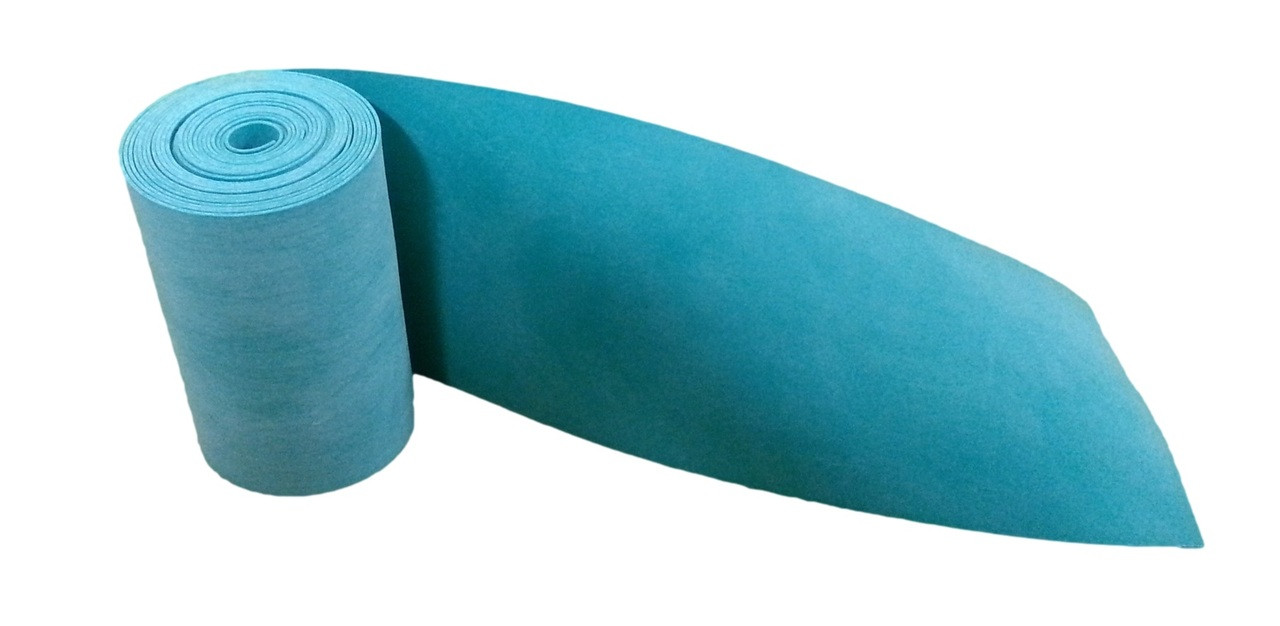Emergency Silicone Tourniquet - 6.5 feet (2 m) / 2.5 inches (6.5 cm)
- Weight:
- 122.00 Grams
- Shipping:
- Eligible for free shipping!
- Silicone emergency tourniquets are used for emergency bleeding control. Their purpose is to prevent severe blood loss due to limb trauma.
- Be prepared - a tourniquet is required in any first aid kit.
- For emergency situations at work, home, hiking and any outdoor activity.
- Elastic and stretches to increase pressure around the limb.
- To be used on limbs only, recommended for arm, forearm or shin external blood loss.
- Easy to handle (see instructions below).
Description
A tourniquet is a constricting or compressing device, used to control venous and arterial circulation to an extremity for a period of time. Pressure is applied to temporarily occlude the blood vessels. It is generally used as a tool for a medical professional in applications such as cannulation or to stem the flow of traumatic bleeding, especially by military medics. The tourniquet is usually applied when the patient is in a life-threatening state as a result of continuous bleeding.
Suggested instructions for use:
Tourniquets are used in cases of external blood flow from the limbs, which cannot be contained by direct pressure with a bandage, as well as partial or full amputation. The tourniquet's goal is to prevent blood from flowing and hence stop blood loss.
- The silicone tourniquet is a 6.5 feet (2 m) long strip and its width is 2.5 inches (6.5 cm). It should be rolled on the affected limb, between 2 to 4 inches above the bleeding point. Do not place on body joints as it will not be effective. (if 2-4 inches above the wound is a joint, place the tourniquet above it). Apply the tourniquet over skin, not clothing, for a better grip.
- Wrap the tourniquet once loosely, while leaving a 4" (10 cm) long free strip which will be later used to tie the tourniquet. Keep wrapping the tourniquet around the limb, while simultaneously stretching it as hard as you can. Keep wrapping on the same lines as previous wraps, in order to build pressure on the same area. Even if the bleeding stops while wrapping the tourniquet, do not stop! Use all of it to ensure maximum pressure and a complete stop of blood flow.
- When reaching the last 4" of the roll, tie the two tips together twice strongly. It is important to tie it strongly since conscious patients may try to remove it due to the pain. Tying it strongly will make then unable to do so. Pain relievers may be applied by authorized medical personnel.
- Once the tourniquet application is completed, write the time on the patient's body, as a reference for other medical personnel. Now, as the bleeding is contained, call a medical emergency unit, or transport the patient quickly to a hospital, for additional treatments.
-
Good alternative
Purchased this as an inexpensive alternative to swat-t, seems to work well
-
6.5 feet of silicone torniquet
Great to have in first aid/medic kit.







